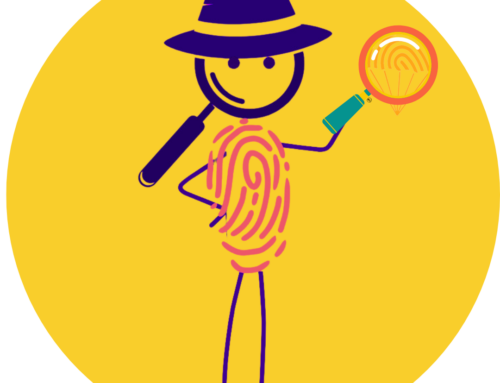Welcome, parents and students, to the fascinating world of creativity! You may not have thought about creativity in a long time, but I’ll tell you why you want to dust off this concept: in today’s fast-paced, technology-driven society, creativity has become a superpower that can set you apart…
But how often are you called to engage your creativity in school or at work? If your answer is “seldom,” or you are thinking, “I am NOT creative,” it’s time to shake things up. Learn how to practice your creative potential and explore the fulfillment it can bring to your life.
Theories of Creative Thinking
Two of the most common way to talk about creativity are Guilford’s theory and the Dual Pathway to Creativity Model. Barb Oakley and her team share the power of Focused Mode and Diffuse Mode in thinking.
Guilford’s Theory introduces us to divergent and convergent thinking.
- Divergent thinking allows you to explore a multitude of varied solutions.
- Donvergent thinking helps you find the best solution to a problem.
Both modes are essential in the creative process, and with practice, you can enhance your skills in both areas.
The Dual Pathway to Creativity Model uncovers another layer of creativity that highlights the importance of cognitive flexibility and persistence.
- Cognitive flexibility enables you to think outside the box and switch perspectives.
- Cognitive persistence requires focused effort during a systematic search for solutions.
By understanding which mode to employ in different situations, you can unlock your creative potential like never before.
Researchers and Brain Scientists Barb Oakley and Terry Sejnowski talk about focused mode and diffuse mode in thinking.
- In focused mode, our thoughts are organized into short, direct paths or patterns, like pinball bumpers spaced closely together.
- In diffuse mode, our thoughts take longer, less organized paths and begin to make unusual or novel connections, like pinball bumpers spaced farther apart.
Oakley tells us that we use only one type of thinking at a time, and toggling back and forth between focused and diffused mode can help us think creatively to solve problems.
The Fascinating Neuroscience of Creative Thinking
Let’s take a peek into the fascinating world of neuroscience in relation to creativity. Dopamine, a neurotransmitter, plays a significant role in creativity. It fuels cognitive persistence and flexibility, enabling you to stay focused and think in innovative ways.
Dr Patapia Tzotzoli, a clinical psychologist, explained: “Studies have found that dopamine, a neurotransmitter plays a crucial role in concentration and motivation. Focus, drive, and motivation are essential components of creativity; thus, it is suggested that dopamine can boost creativity. Too much dopamine though can lead to narrow, rigid thinking on a particular task or idea, and it is even associated with a higher risk of developing a mental illness whereas too little can lead to a lack of motivation and drive. Thus, it appears that for dopamine to positively boost creativity needs to be maintained within a ‘Goldilocks zone’ of just enough.”
Keeping the dopamine levels in balance is the key to unlocking your creative flow. You may recall that dopamine level regulation is part of the key to success for ADHDers and people with executive function deficits.
Creativity and Flow
- Cultivate curiosity: Approach tasks with a sense of wonder and continuously ask yourself what else there is to learn. Curiosity fuels both creativity and the flow state.
- Broaden your horizons: Step outside your comfort zone and explore new fields of knowledge. Challenge your existing beliefs and thinking patterns. You never know what exciting connections you might make!
- Embrace playful experimentation: Be a child again and let your imagination run wild. Playfulness fosters creativity and allows for innovative thinking. Don’t be afraid to make mistakes along the way!
Still Wondering How?
Try one or two of these ideas today, to increase your divergent thinking:
2. Embrace mind-wandering: Allowing your mind to wander can actually help generate new ideas. Set aside dedicated time for intentional mind-wandering and reflect on your ideas afterward.
3. Harness the Zeigarnik Effect: Leaving tasks unfinished can actually improve memory and stimulate creativity. Quitting while you’re excited can maintain momentum for the next day.
4. Practice open awareness: Increase cognitive flexibility by engaging in open awareness meditations. Notice the stimuli around you and integrate these exercises into your daily mental fitness routine.







